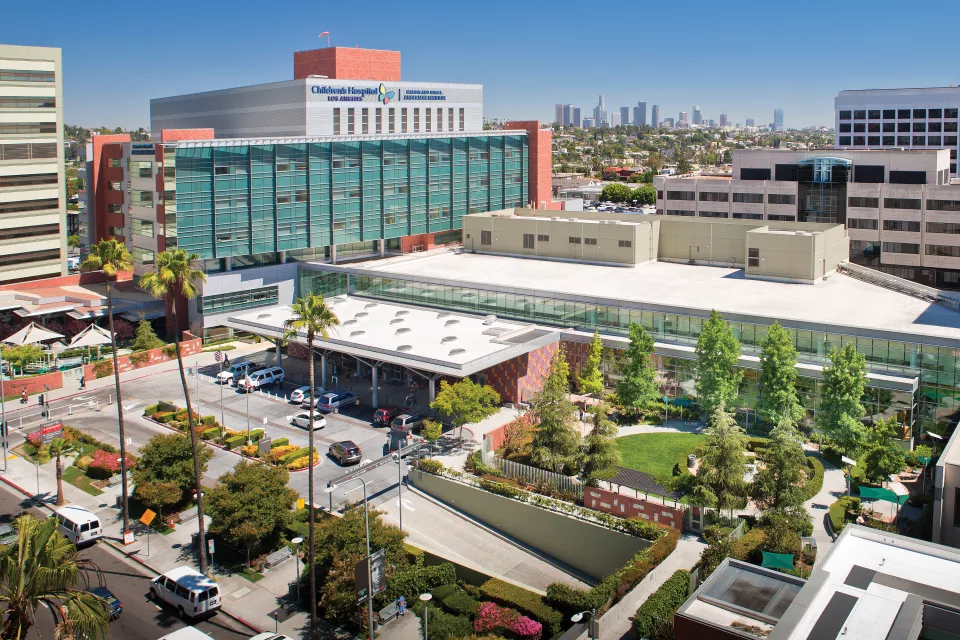The focus of the Children’s Health Imaging Research Program (CHIRP) is to advance the use of imaging technology in the study of pediatric diseases in the laboratory and in clinical practice.
CHIRP has two main goals:
- To provide a specialized imaging core facility to develop biomarkers and outcome measures associated with pediatric disorder and disease risk
- To study the biological and metabolic determinants of musculoskeletal development
Research Imaging Expertise
Skorn Ponrartana, MD, MPH, focuses on imaging children from the fetal period to early childhood to identify potential pediatric biomarkers that predict later disease in life. Specifically, he is using nonionizing MRI to safely examine placental morphology and the development of fetal characteristics through birth and infancy. The early identification of disease markers may serve as a way to predict the later development of pervasive public health conditions, such as cardiovascular disease and diabetes.
Accomplishments
Multinuclear Spectroscopy
Stefan Blüml, PhD continues work on his NIH grant studying multinuclear spectroscopy of pediatric brain tumors. His work focuses on decoupled hydrogen, phosphorus, and carbon spectra. Dr. Blüml continues his work on developing coils for the MR compatible incubator and is a co-investigator in the COG Research Imaging Center. (Blüml et al, 2004)
Functional Imaging
Stephan Erberich, PhD continues leading the development of the MRI program at CHLA. This includes techniques for studying newborns and premature babies. (Erberich et al, 2003) His scientific results from a study of brain lateralization in neonates was presented at both the international ISMRM in Japan and the ASNR in Seattle. Dr. Erberich’s research efforts also extend to the development of diffusion imaging in the neonatal brain and as a co-investigator in the COG Research Imaging Center. He continues in his second year of his Career Development Award from the CHLARI.
Cardiac Imaging and Iron Deposition
John Wood, MD, PhD continues his pioneering research in MR quantification of iron deposition in the liver and heart. Dr. Wood receives support for this work from Novartis and was recently awarded an NIH grant to further study iron deposition in children with thallasemia (Wood et al, 2004).
Children's Oncology Group Pilot and Consortium Imaging Research Center
Marvin Nelson, MD, MBA was awarded a grant to develop and implement an research imaging center and image repository/database for the developmental therapeutics group of the national cooperative Children's Oncology Group. This center is now in operation.
Long-Term Effects of ECMO
Our hospital was one of the first in Southern California to provide Extra Corporeal Membrane Oxygenation (ECMO), which provides pulmonary and/or cardiac bypass support for infants and children in life-threatening respiratory or cardiac failure. Today, the hospital maintains the most active ECMO center in California and one of the most active nationwide, with more than 40 cases annually.
At the same time, the first babies who needed this extraordinary method of life support are now growing older—there are nearly 12,000 survivors of Veno-Arterial (VA) ECMO in the United States alone. In this procedure, the right carotid artery, which supplies oxygen to the developing brain, is tied off and the ECMO technology takes over. The left carotid artery is intact and able to provide sufficient blood flow.
Using high-resolution ultrasonography to measure the carotid arterial wall, the investigators found a significant increase in the thickening of the wall in the ECMO survivors compared with 31 healthy subjects. While the difference was not alarming, and most ECMO patients are doing well, Dr. Friedlich says long-term studies are needed to better understand the lifelong impact on cardiovascular health. This collaborative study is in keeping with the spirit of ECMO itself—a technology made possible by the combined talents of neonatologists, pediatric surgeons, radiologists and specially trained nurses.
In 2007, Philippe S. Friedlich, MD, medical director of the Neonatal and Infant Critical Care Unit in the Center for Fetal and Neonatal Medicine at Childrens Hospital, and Vicente Gilsanz, MD, PhD, launched the first study of the impact of living with one carotid artery after ECMO use. Thirty-one former VA ECMO patients from Childrens Hospital, now 12 to 20 years old, participated.
This year we were honored to receive a commitment from the Associates & Affiliates to raise $2 million to build an endowment in support of our research efforts in imaging research and the development of our core facilities in imaging.
